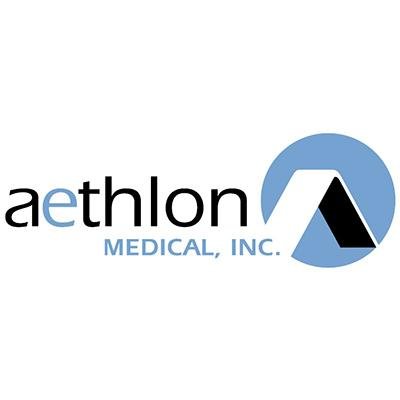
Aethlon Medical, a therapeutic technology company focused on unmet needs in global health and biodefense, announced that the United States Patent and Trademark Office has granted US Patent Number 9,707,333 (the '333 Patent), entitled "Extracorporeal removal of microvesicular particles."
The '333 Patent covers methods of capturing exosomes that include an MHC-I or MHC-II antigen, whereby a patient suspected of receiving a benefit from exosome capture and removal is selected, and the whole blood, plasma, or serum from the patient is contacted with a substrate that includes antibodies specific for an MHC-I or MHC-II antigen. The '333 Patent also covers methods of capturing and removing MHC-I or MHC-II antigen associated exosomes from whole blood, plasma, or serum of a patient, and returning the whole blood, plasma, or serum to the patient with substantially fewer MHC-I or MHC-II antigen associated exosomes.
MHC-I and MHC-II antigen associated exosomes contribute to the progression of numerous disease conditions, including cancer, autoimmune disorders and neurodegenerative diseases.
The '333 Patent is a continuation of US Patent Number 9,364,601, which covers methods of lectin-based capture of exosomes from a patient, and US Patent Number 8,288,172, which protects the use of the Aethlon Hemopurifier in a method to remove immunosuppressive exosomes from blood. Together, these patents solidify Aethlon's position as a leader in pioneering diagnostic and therapeutic strategies in the field of exosome biology.
Aethlon chairman and chief executive officer Jim Joyce stated, "In addition to expanding our intellectual property portfolio, the issuance of the '333 patent further reinforces our competitive position within the emerging industry for therapeutic strategies to inhibit the proliferation of disease-promoting exosomes."
Aethlon receives, patent covering methods, capturing mhc antigen associated exosomes